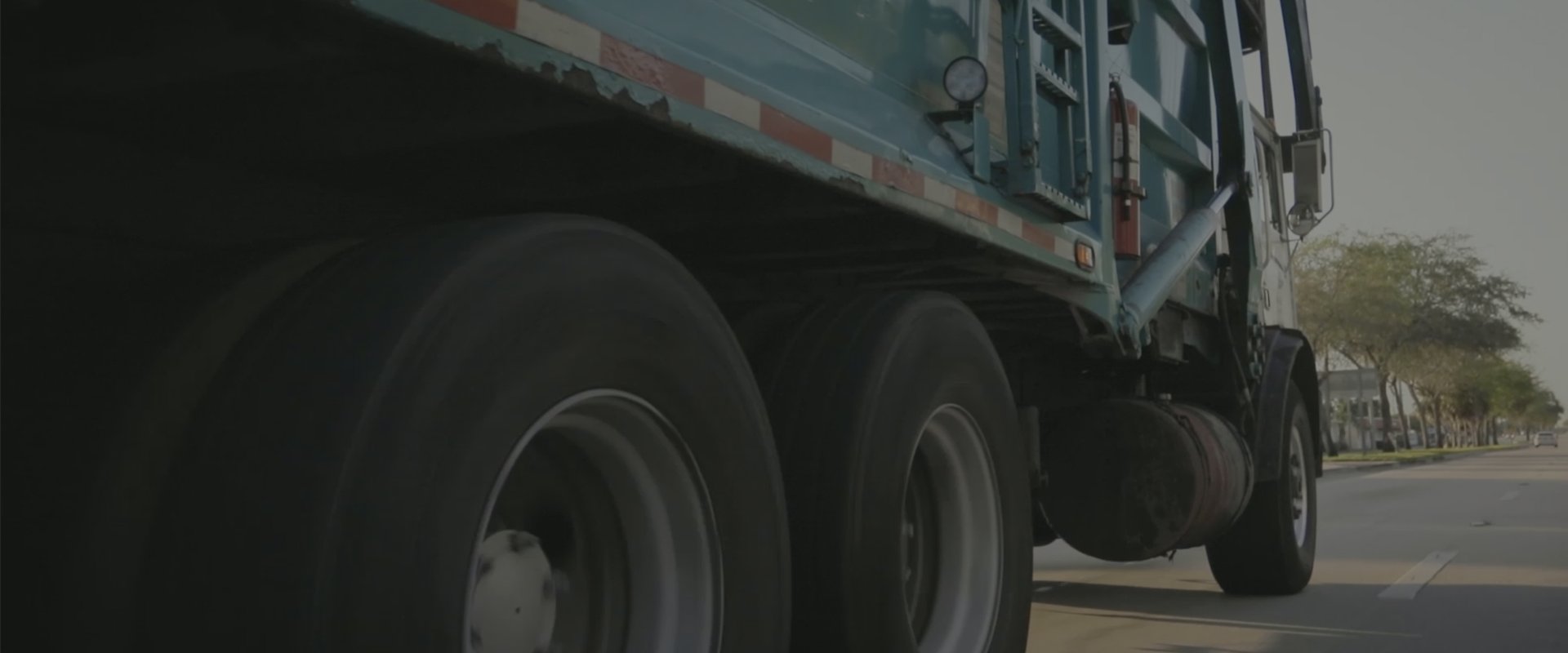Recycling // Knowledge Base
What's the Difference Between Upcycling and Downcycling?
Many companies are turning to the processes of “upcycling” and “downcycling” to reduce burgeoning waste management fees and cut their carbon footprint.
READ MORE
Sign up for our blog and newsletter, so you are always in the know about waste and recycling.
Recycling // Knowledge Base
Many companies are turning to the processes of “upcycling” and “downcycling” to reduce burgeoning waste management fees and cut their carbon footprint.
Ryan Deer | Jun 21, 2024 9:55:48 AM
READ MOREThought Leadership // Waste Industry
Making any trend predictions with certainty for the waste and recycling industry has been a challenge. One trend that's a sure thing is rising waste fees.
Ryan Deer | Jan 13, 2022 11:00:52 AM
READ MOREWaste Industry
After a turbulent year, responsible waste management is no longer as easy as auto-renewing an antiquated plan. We provide the takeaways for businesses.
Ryan Deer | Dec 29, 2021 2:42:08 PM
READ MOREPlastics
As the country seeks to become more sustainable, cutting out single-use plastic has become the rule. Using materials knowledge, we predict what's next.
Ryan Deer | Dec 9, 2021 8:41:55 AM
READ MORECompost // Celebrating Sustainability // Glass
By following a few simple tips for waste reduction and recycling, you’ll have the opportunity to make sustainability a Thanksgiving tradition.
Ryan Deer | Nov 18, 2021 10:25:41 AM
READ MORECelebrating Sustainability
This America Recycles Day, RoadRunner is reframing its purpose for sustainable businesses: Conventional recycling is actually a waste issue.
Ryan Deer | Nov 11, 2021 9:21:43 AM
READ MOREPlastics // Thought Leadership
As manufacturers and consumers faces shortages and disruptions from a global shipping crisis, there's an opportunity to shift our supply of rPET plastic.
Ryan Deer | Oct 21, 2021 8:53:18 AM
READ MORERecycling // Knowledge Base
Lack of foundational knowledge is one of the biggest contributors to our nation’s stagnant recycling rate. Learning the rules of recycling can help!
Ryan Deer | Oct 13, 2021 6:00:00 AM
READ MOREThought Leadership // Knowledge Base
As more companies make zero waste to landfill commitments, it's important understand the planning and execution behind the sustainability concept.
Ryan Deer | Sep 30, 2021 7:45:00 AM
READ MORELet's get the conversation started on how to drive recycling and cost savings for your business.